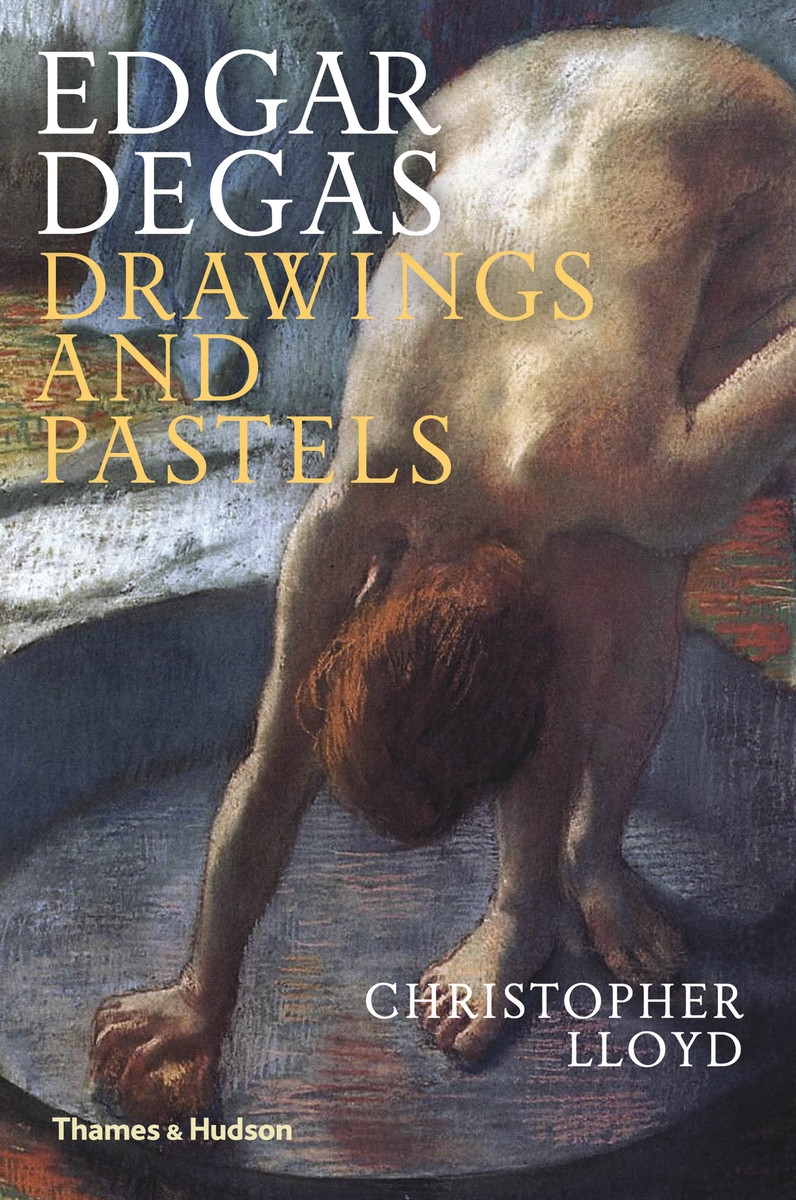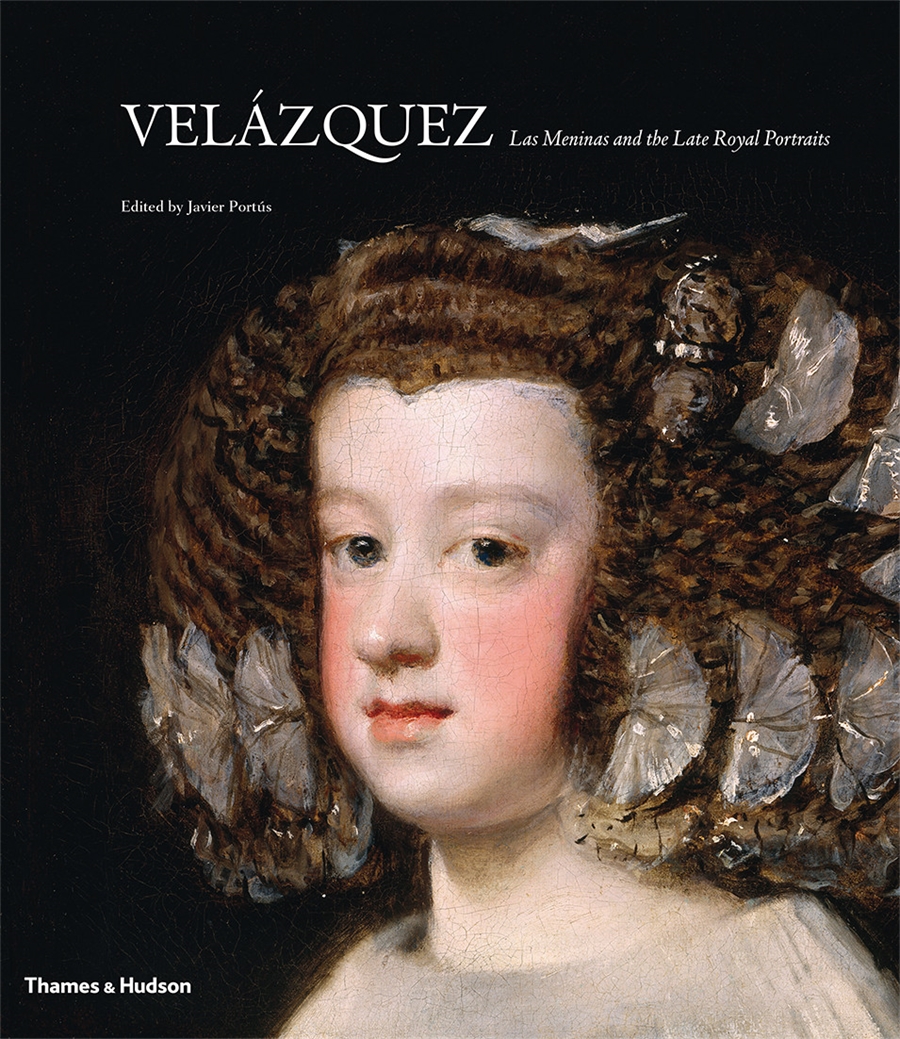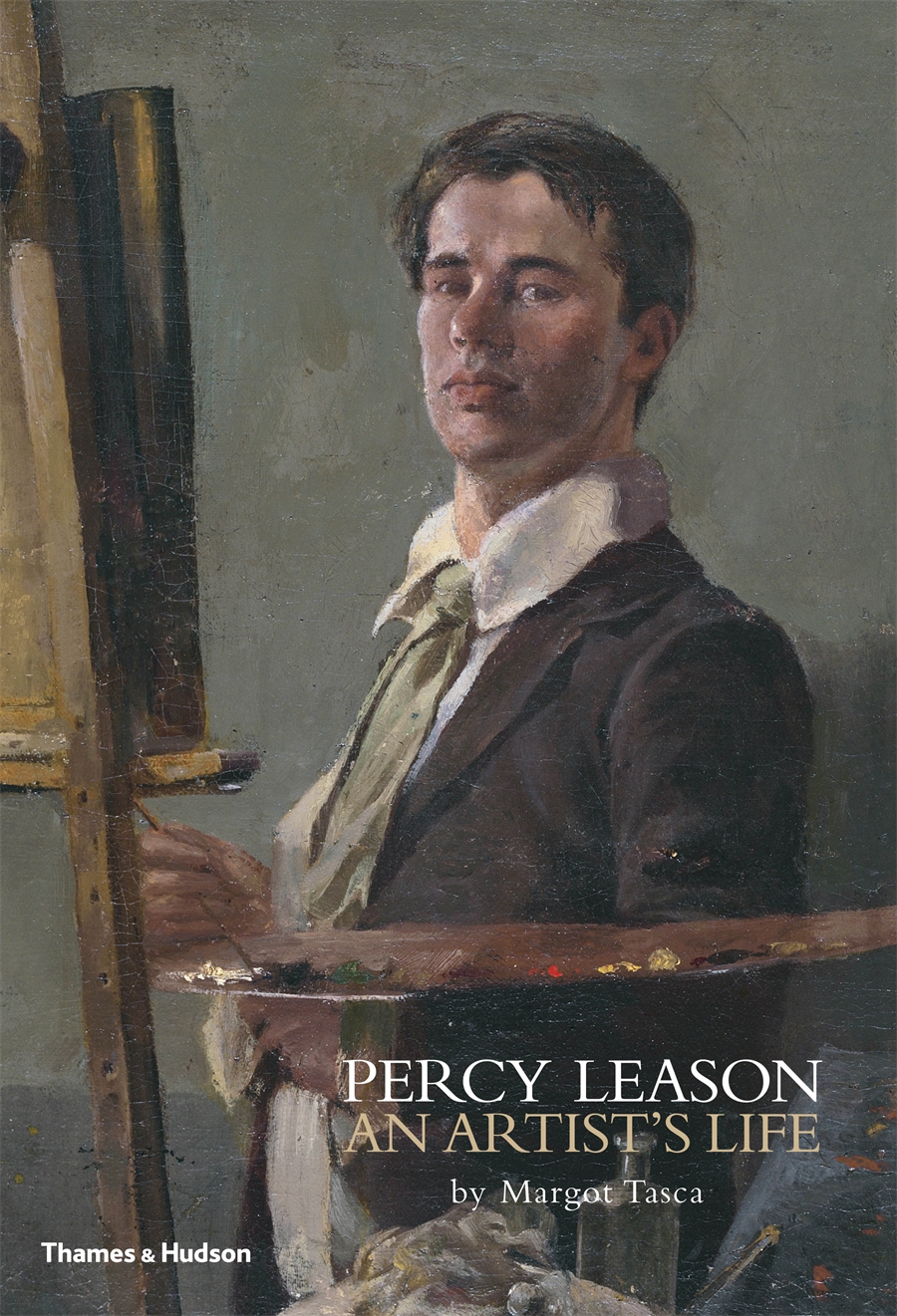Description
Edgar Degas (1834-1917) was one of the outstanding draughtsmen of the 19th century: drawing was not only a central tenet of his art, but essential to his existence. Through an examination of the artist’s drawings and pastels, Christopher Lloyd reveals the development of Degas’s style as well the story of his life, including his complicated relationship with the Impressionists. Following a broadly chronological approach, the author discusses the various subject areas, not only the images of dancers (which form over half of Degas’s total oeuvre) but also of nudes and milliners, and the less well-known racehorse and landscape drawings. He covers his whole career, from when Degas was copying the Old Masters to learn his craft to when he ceased work in 1912 because of failing eyesight, setting him within the artistic context of the period. Lloyd’s extensive research, which includes consulting the artist’s detailed notebooks, has resulted in a comprehensive exposition with, at its heart, some 250 pencil, black-chalk, pen-and-ink, and charcoal drawings and pastels of timeless appeal.



